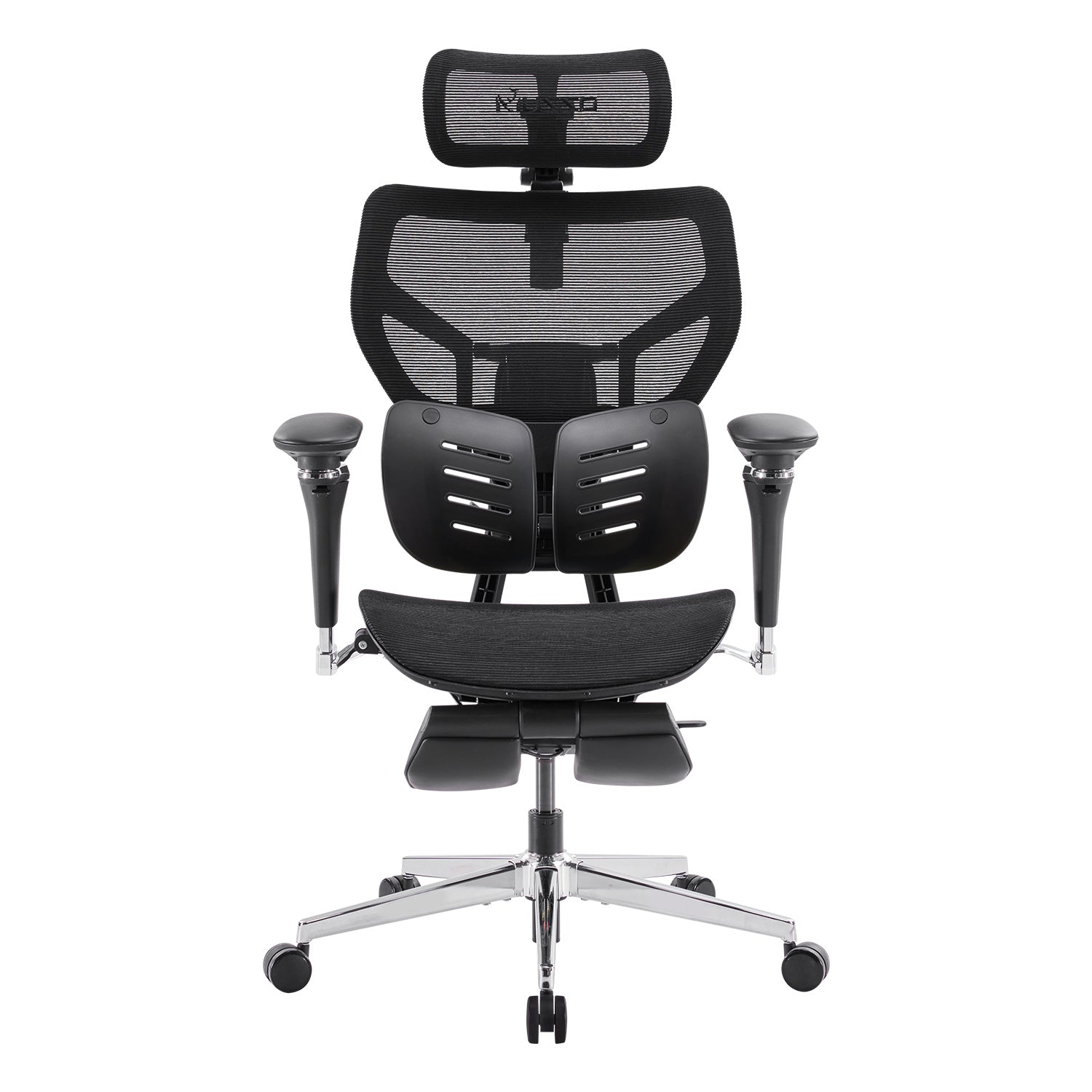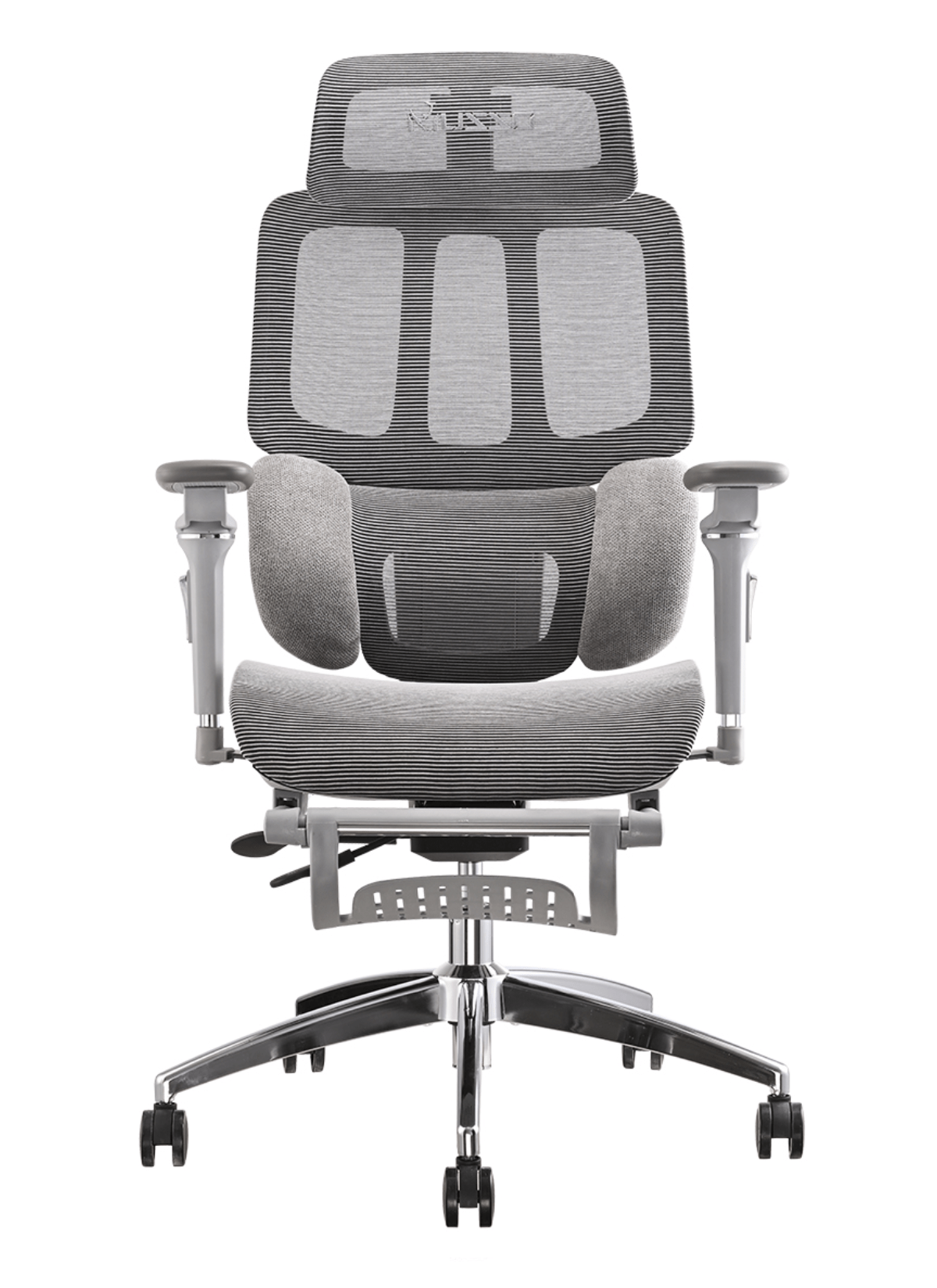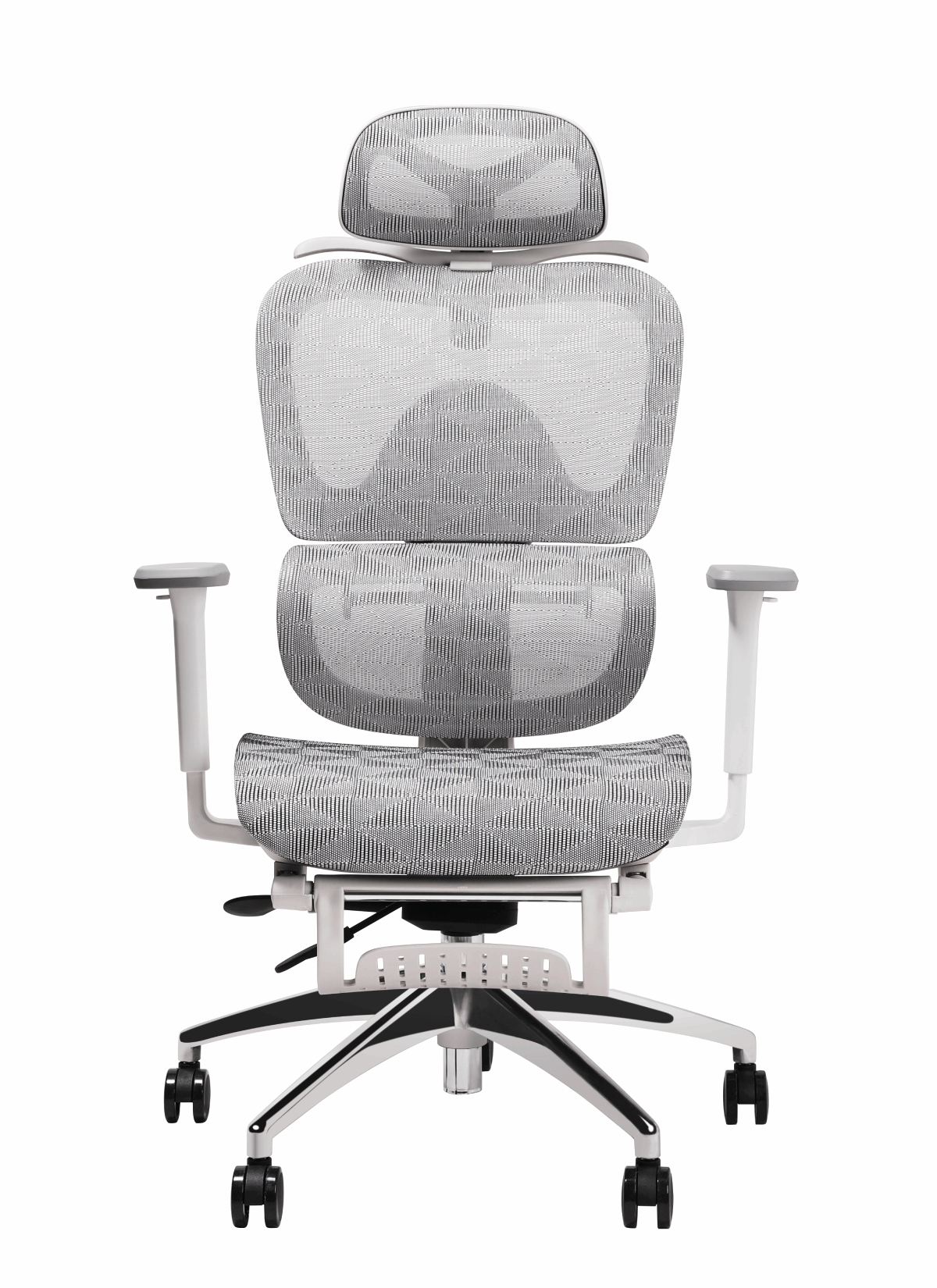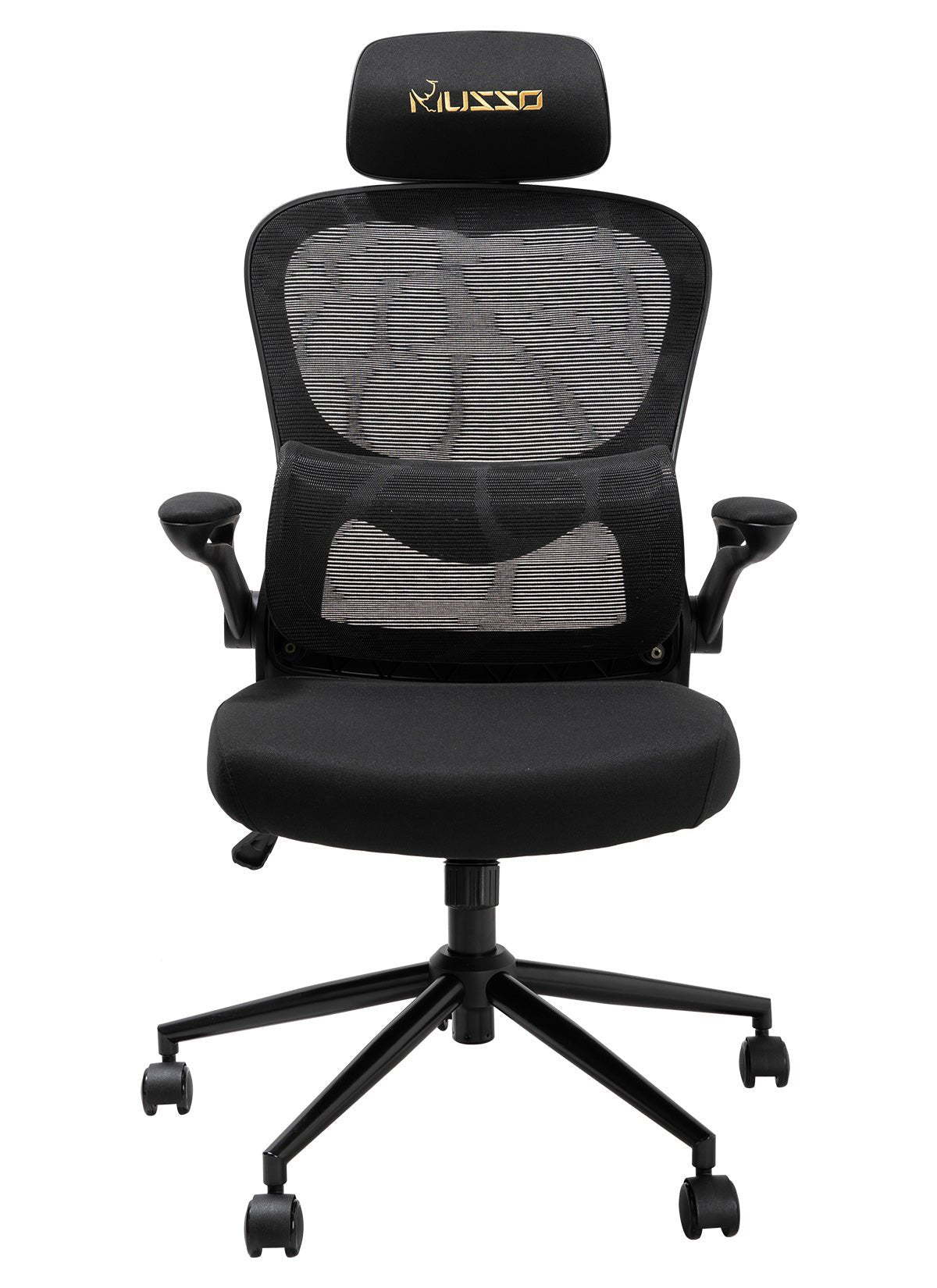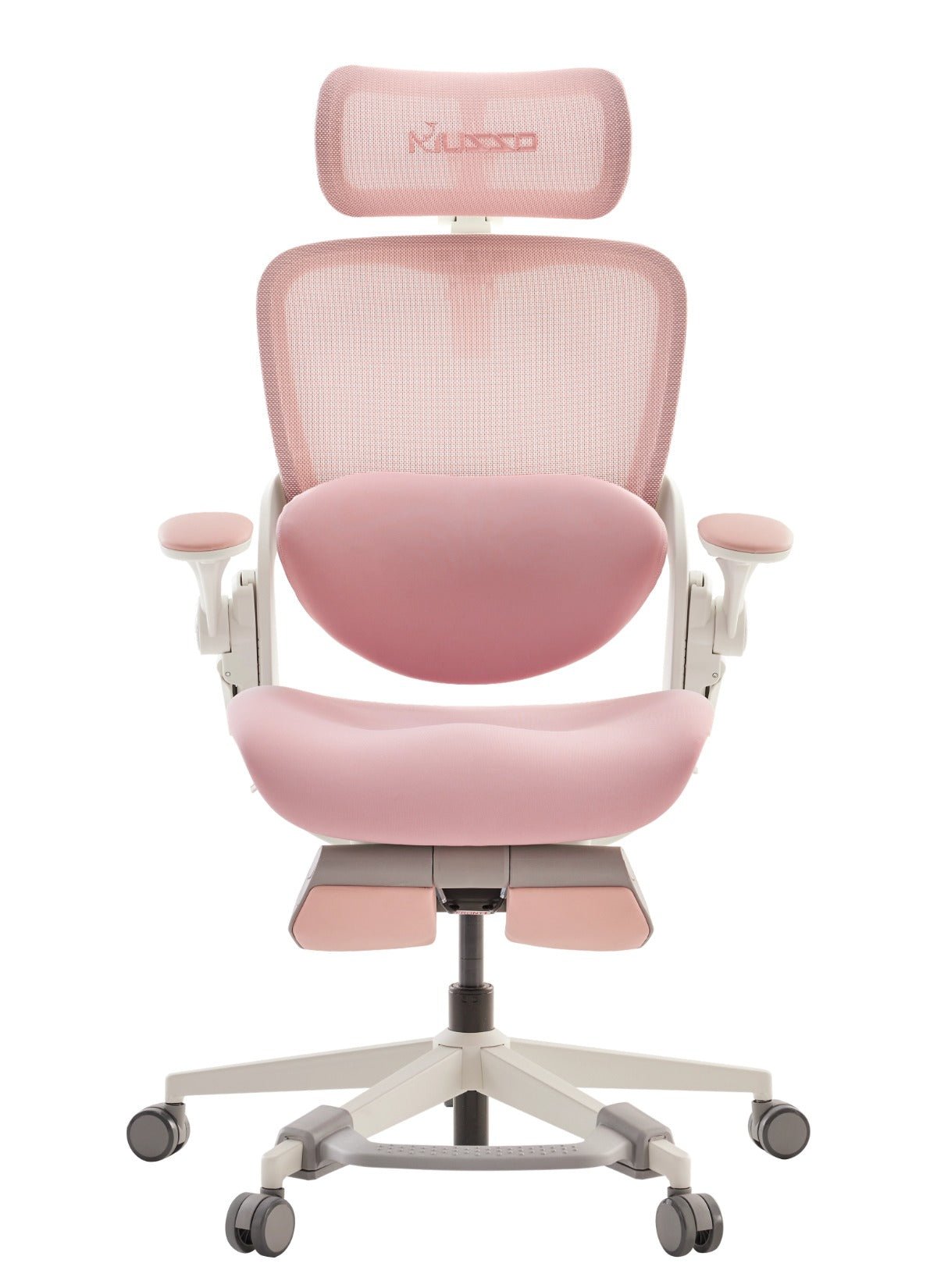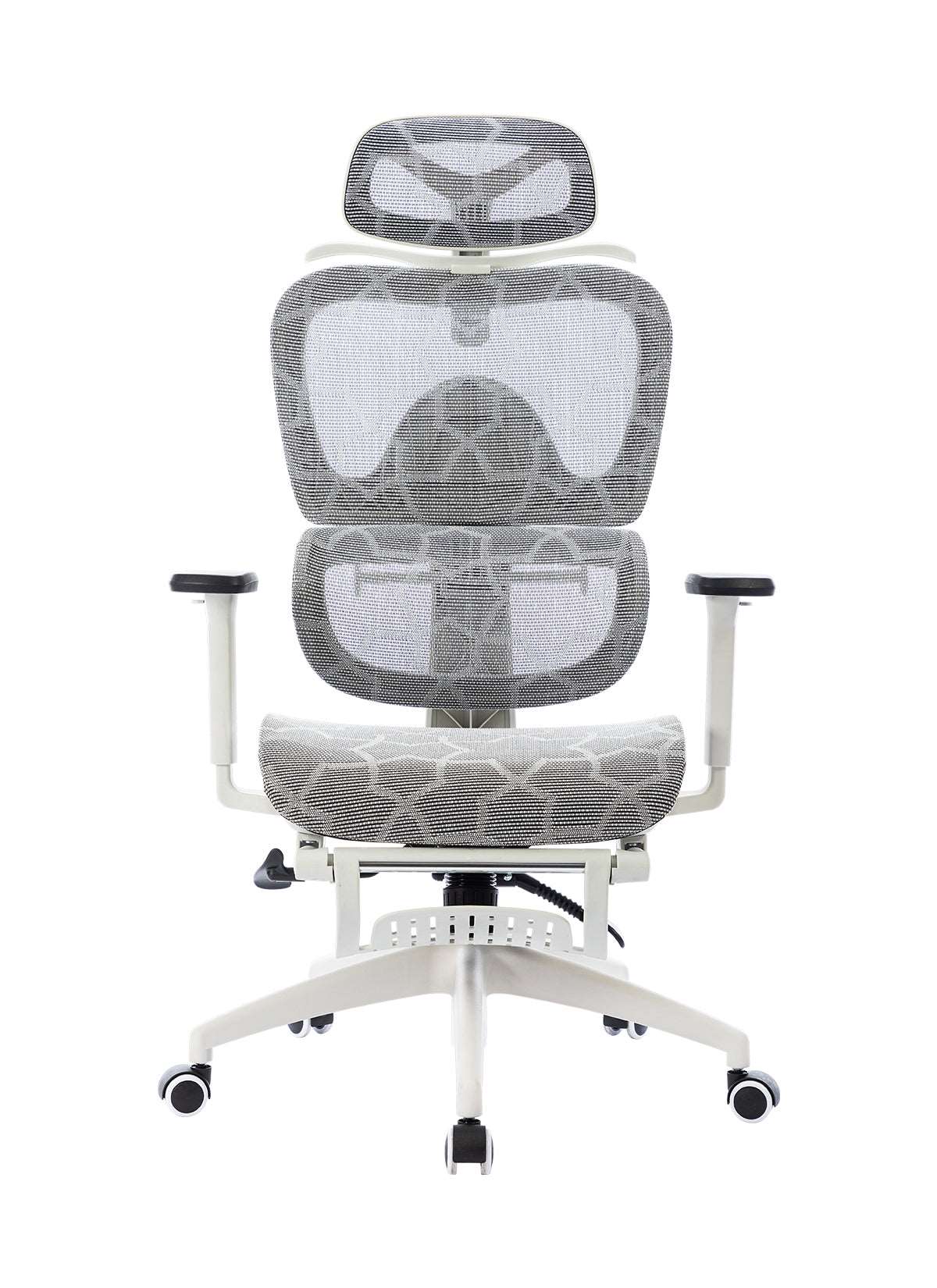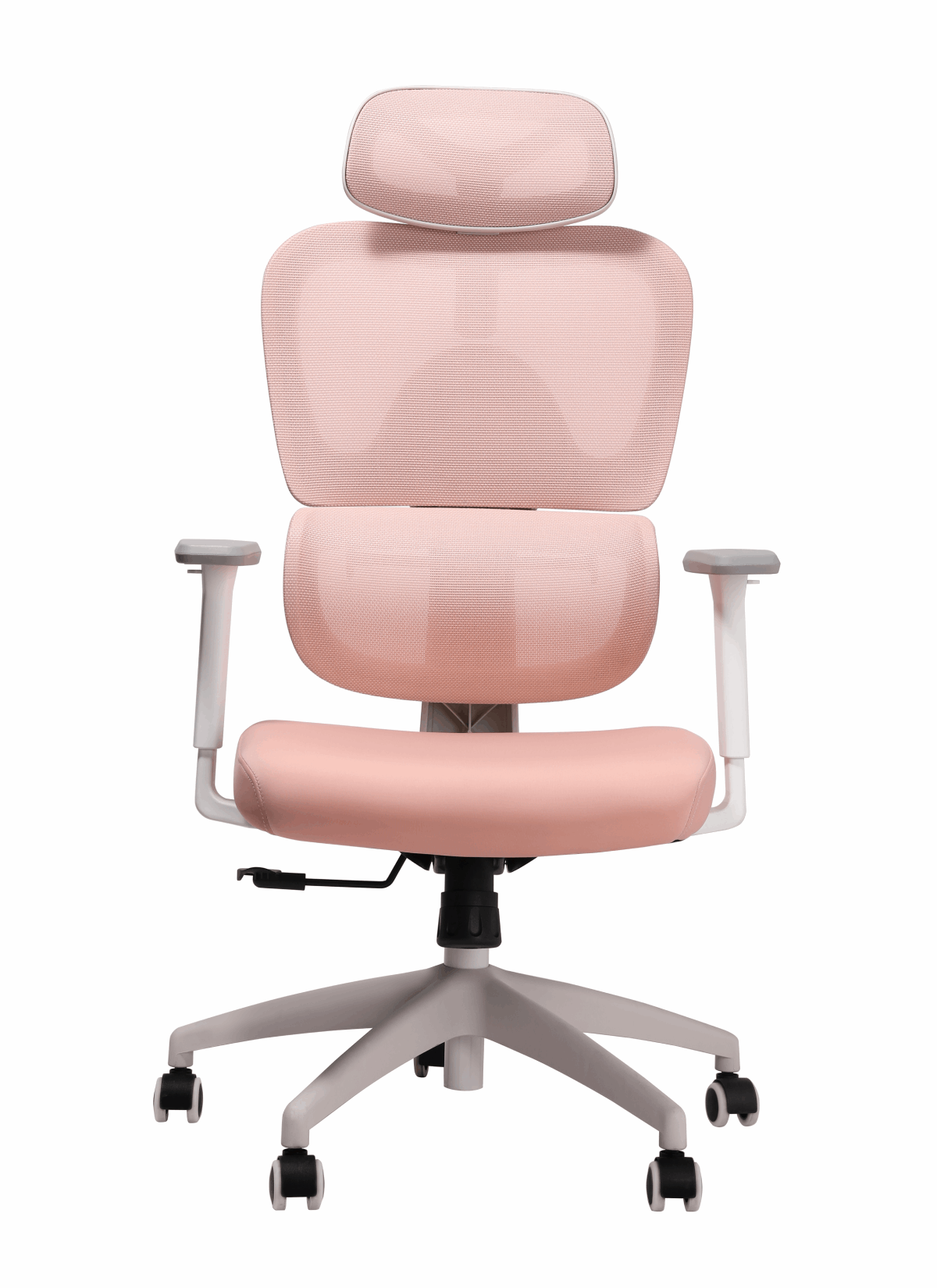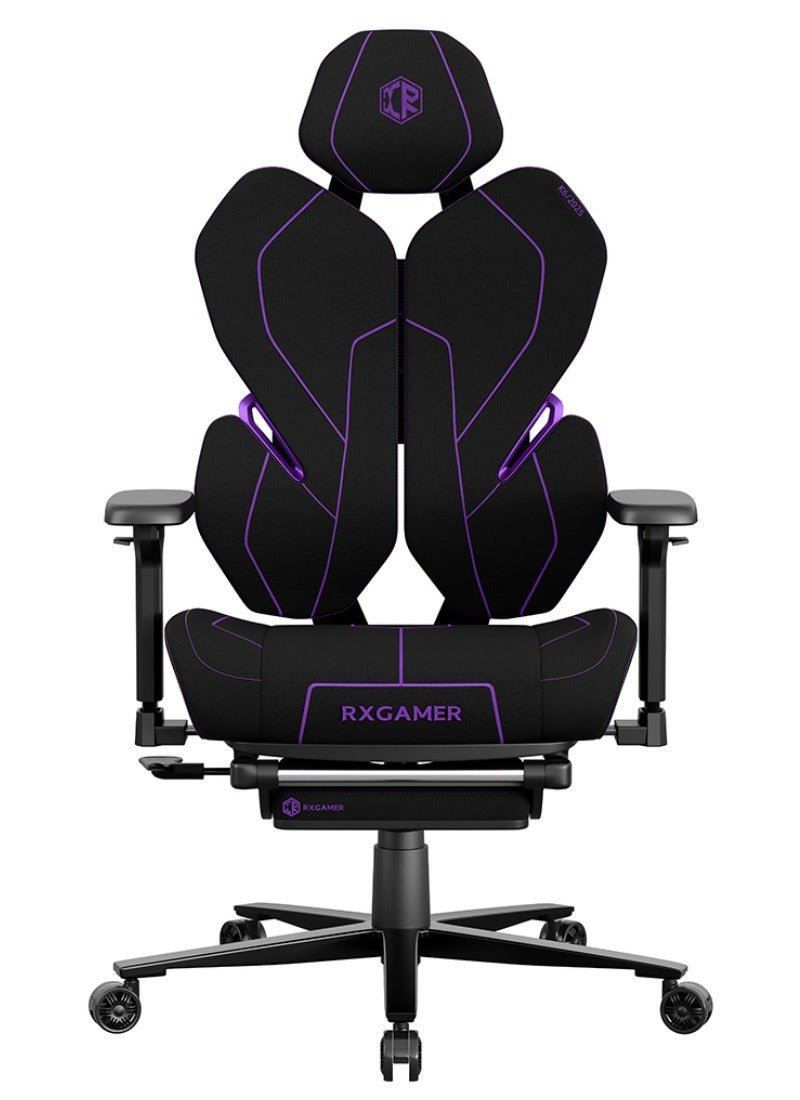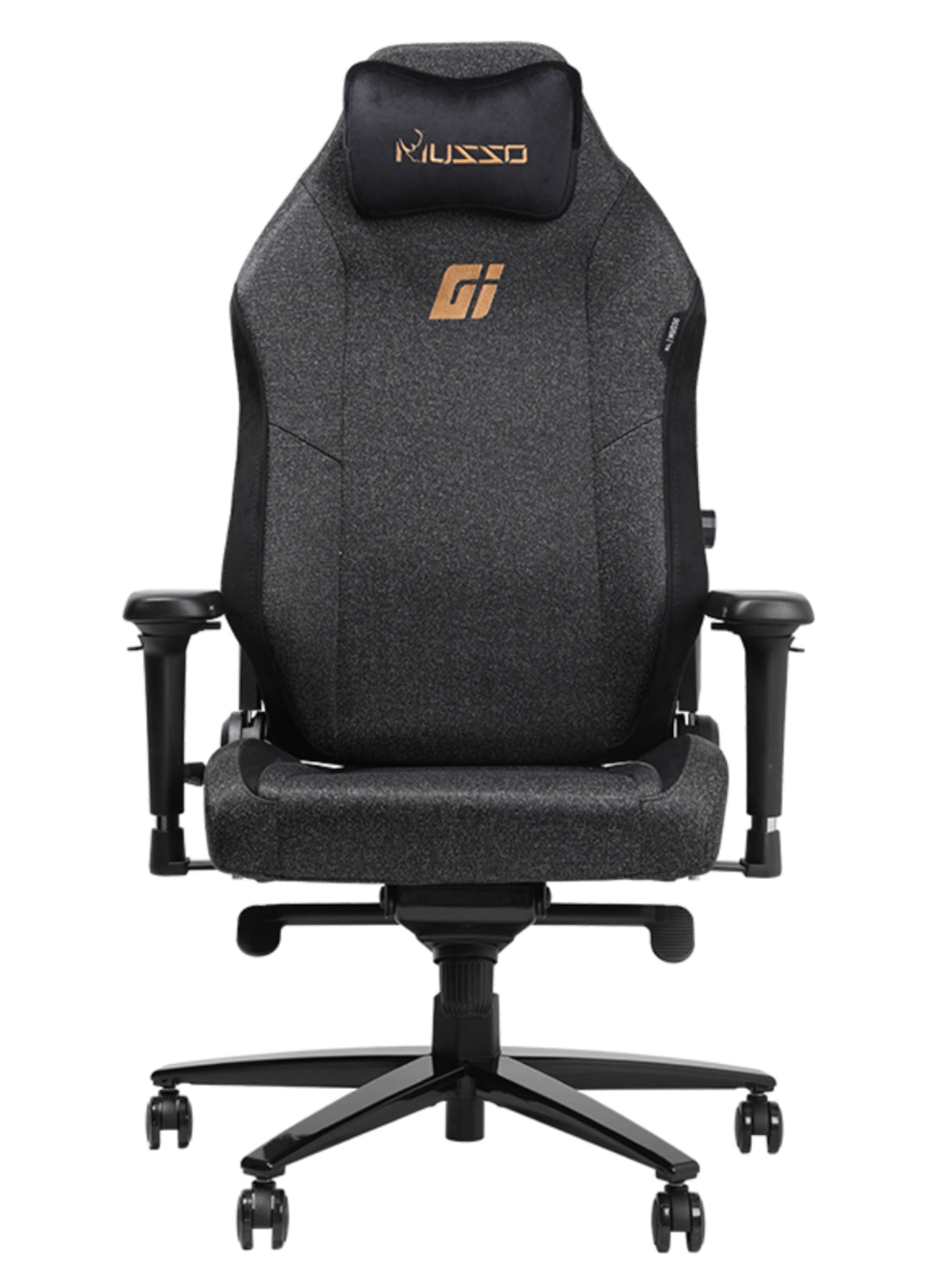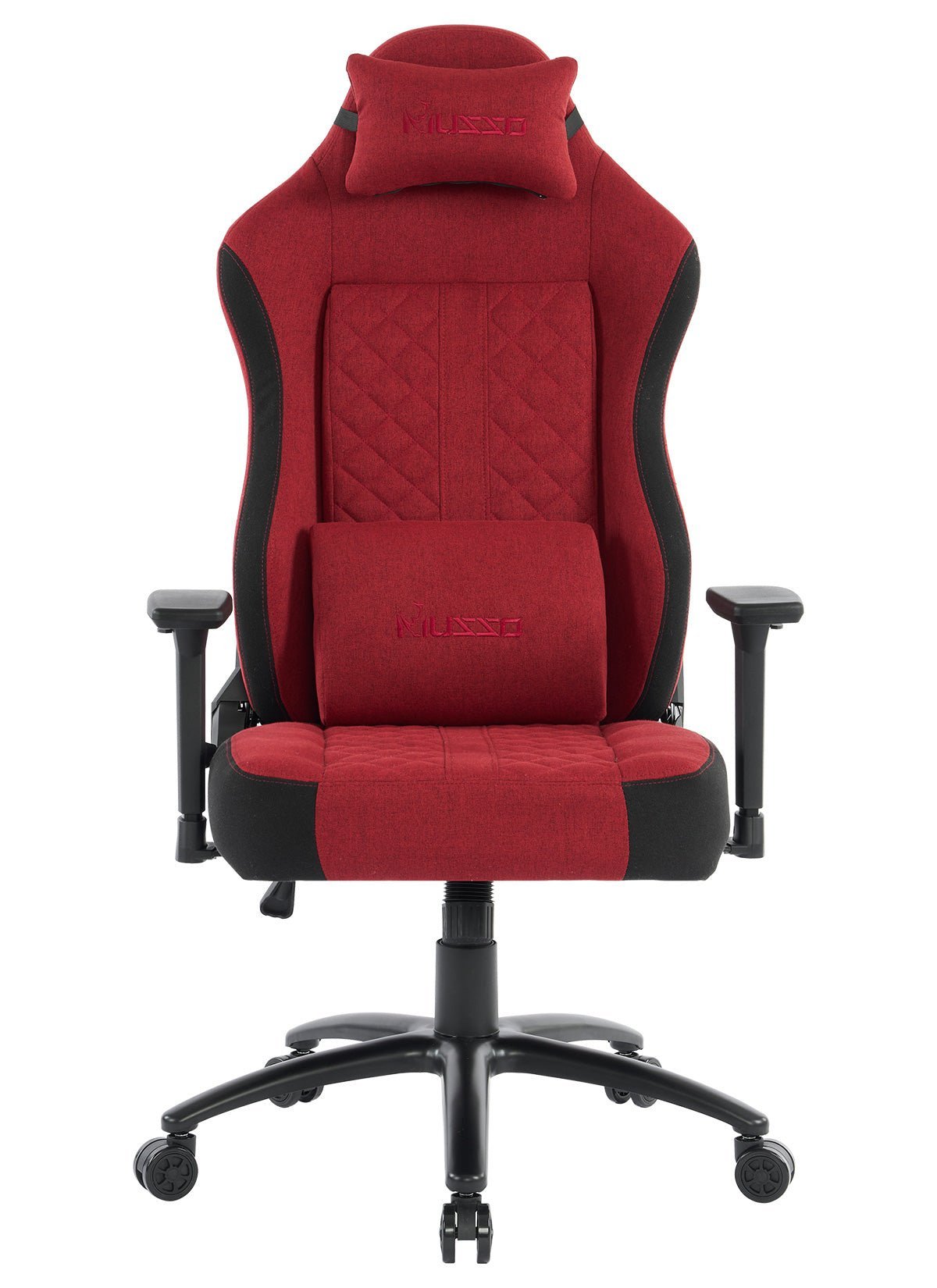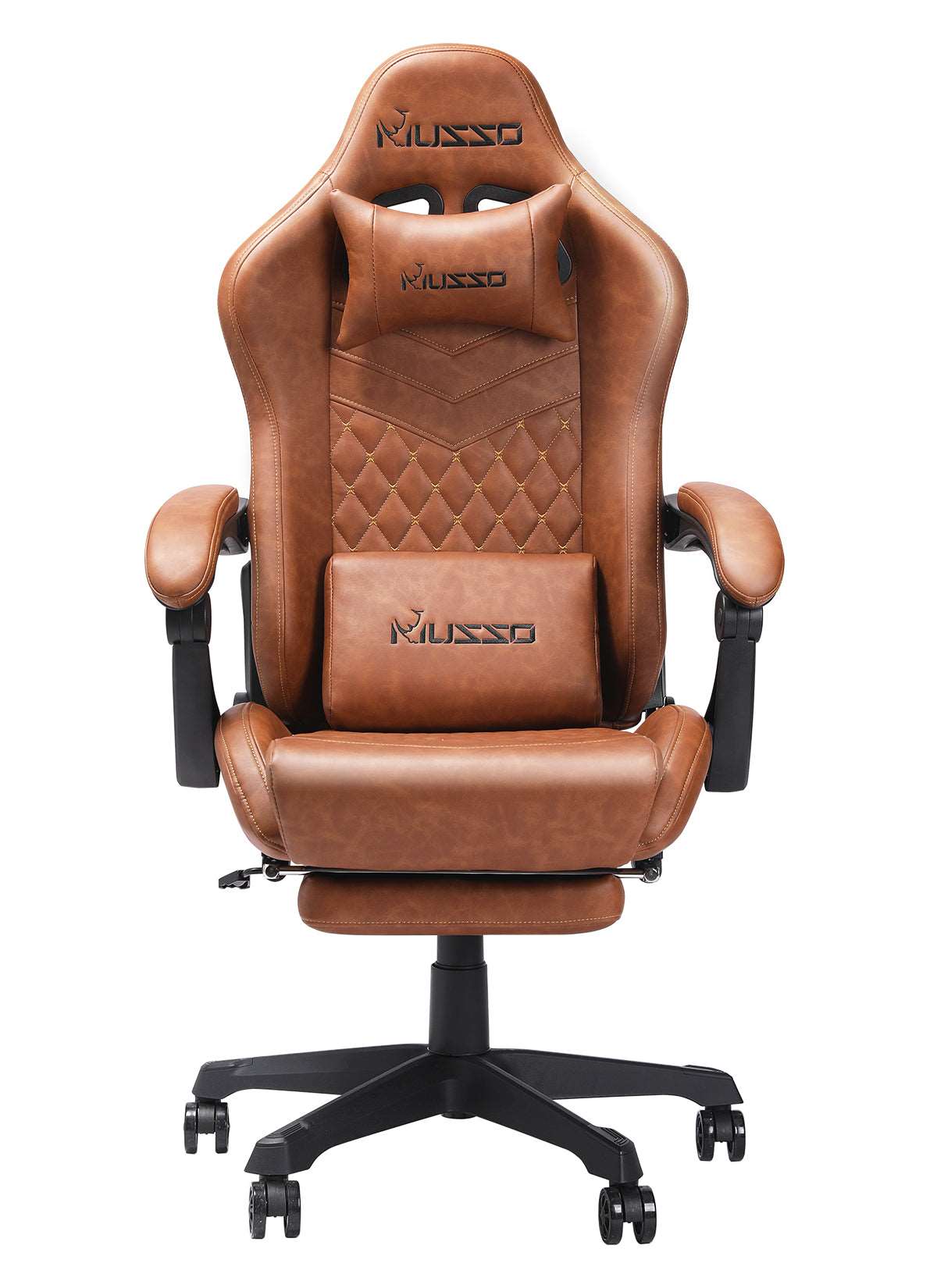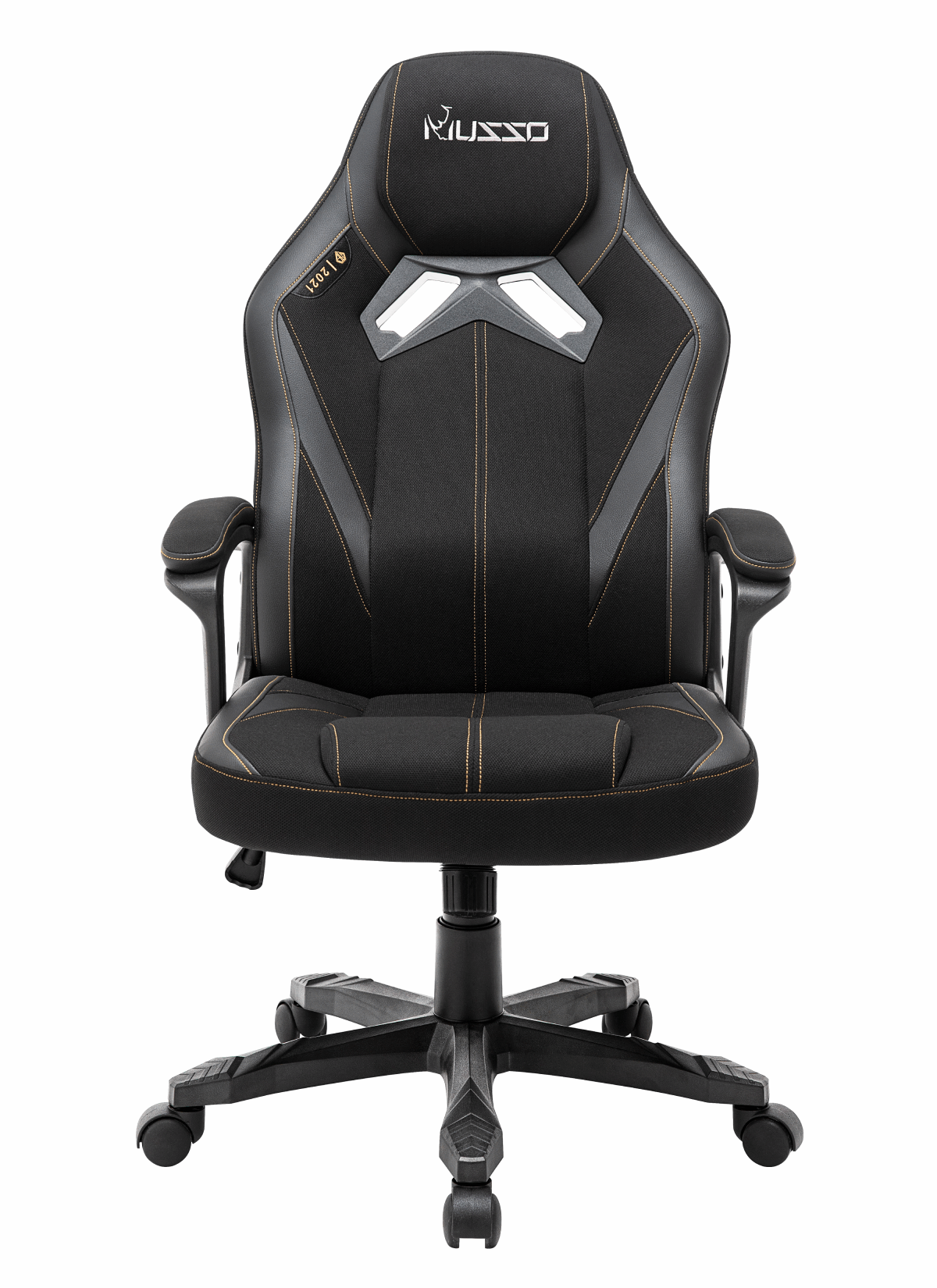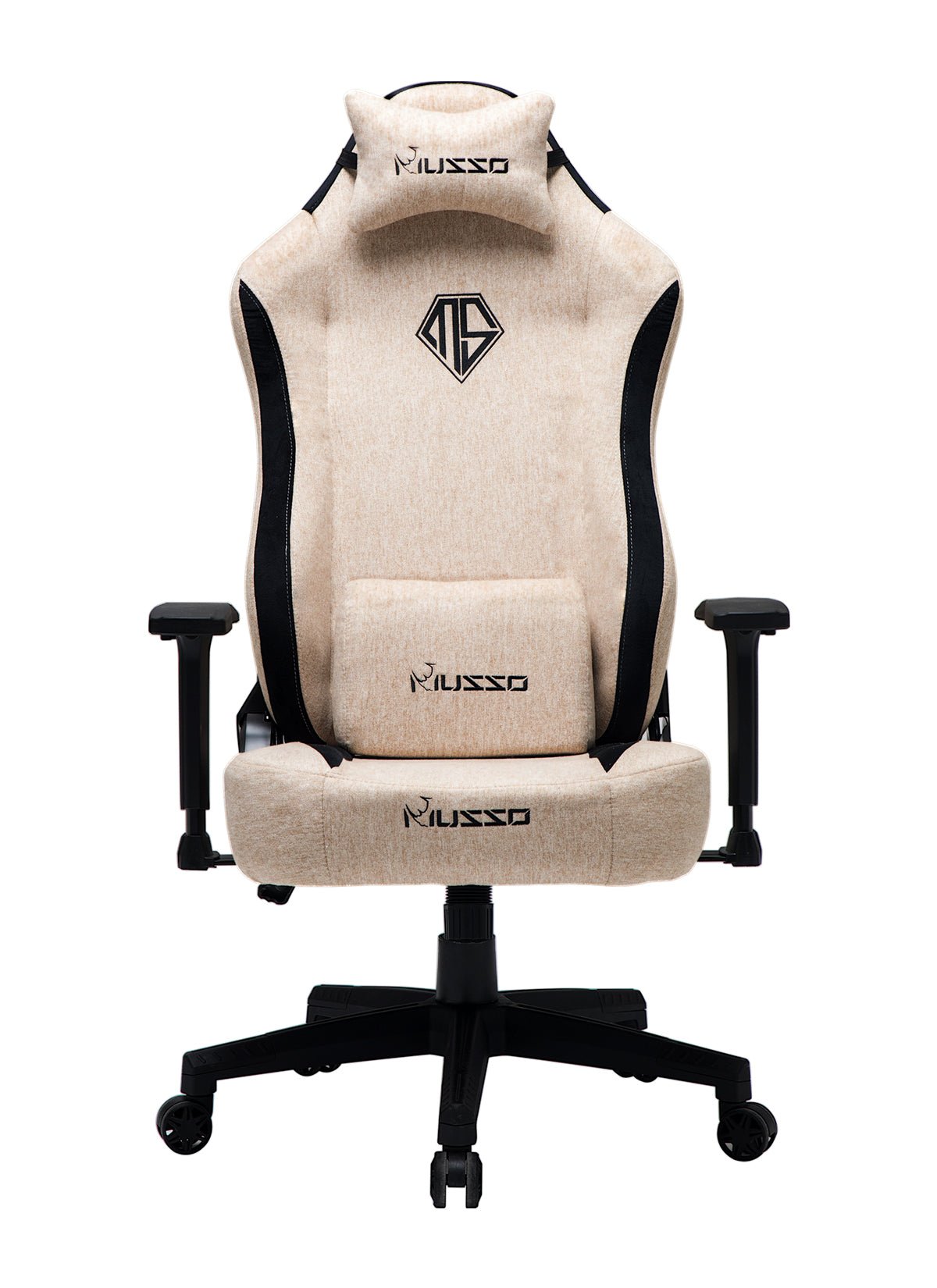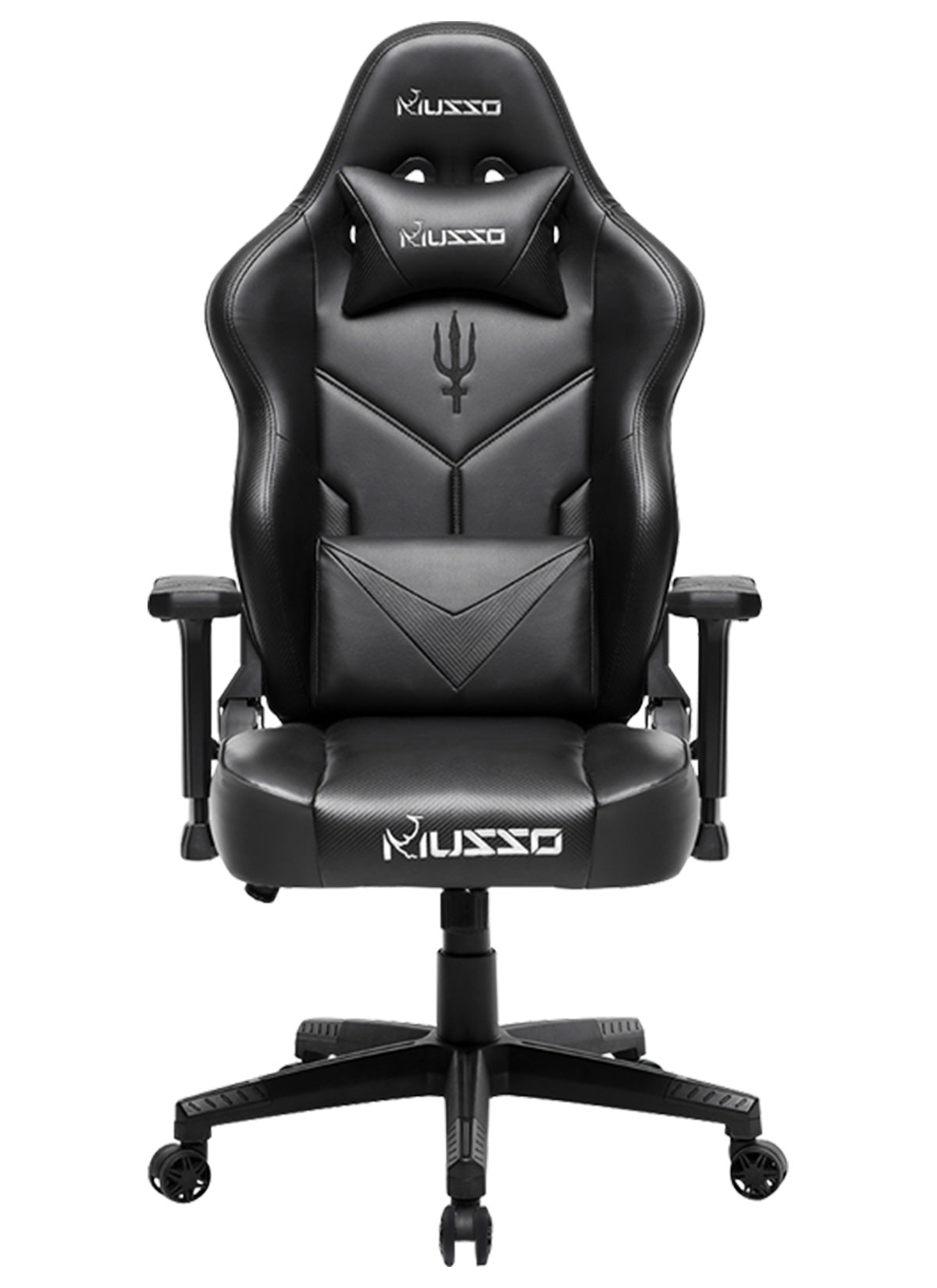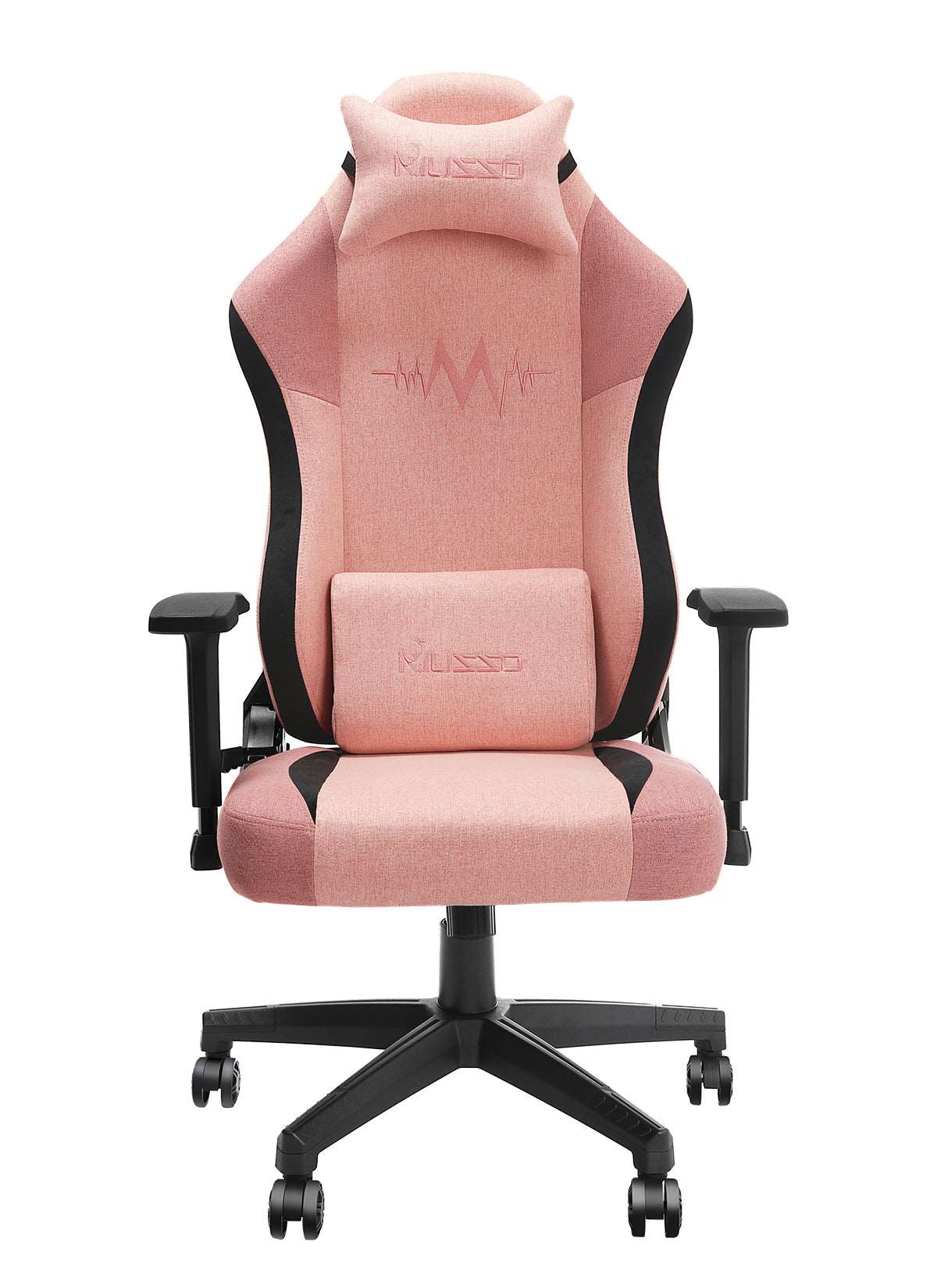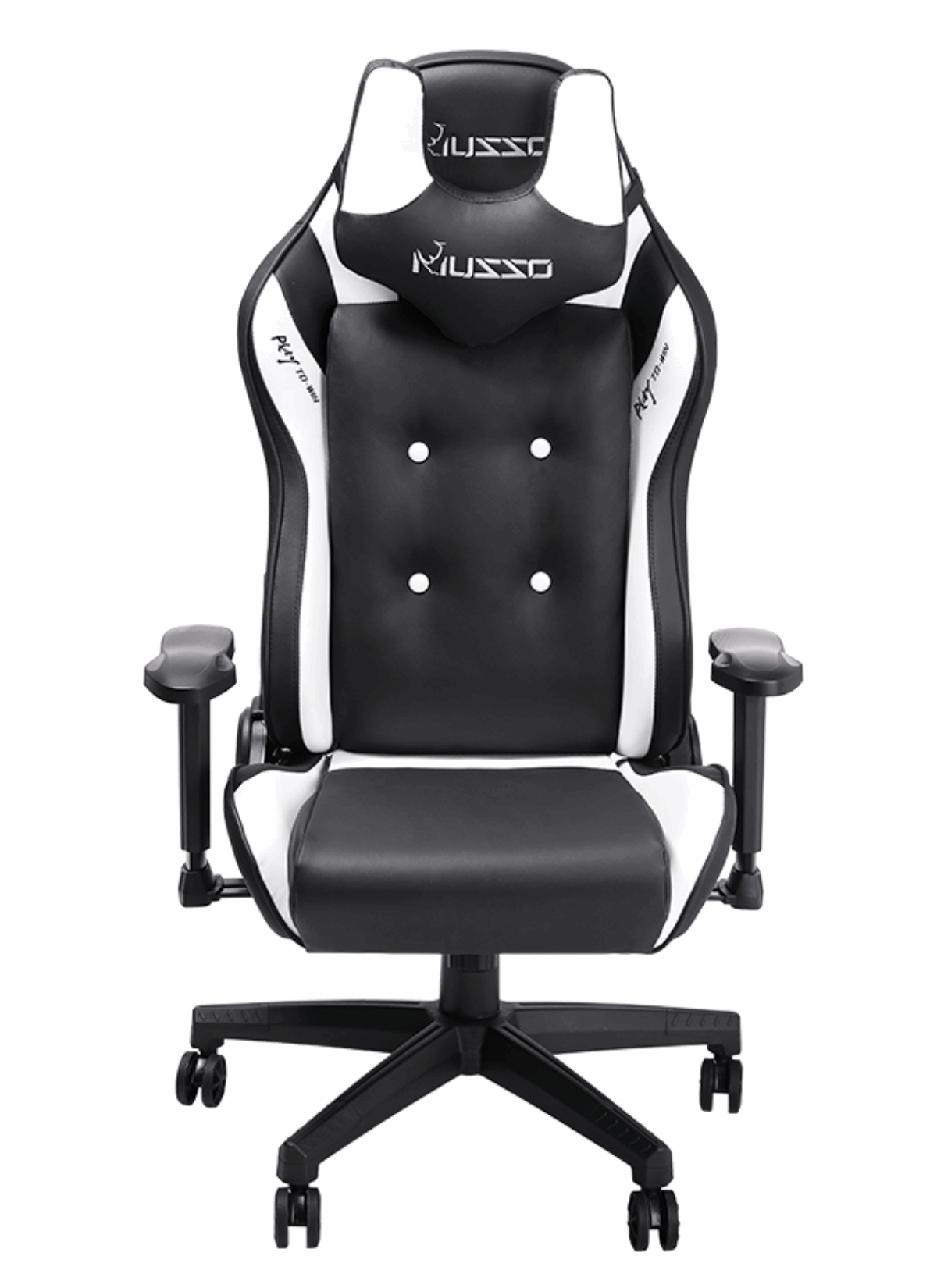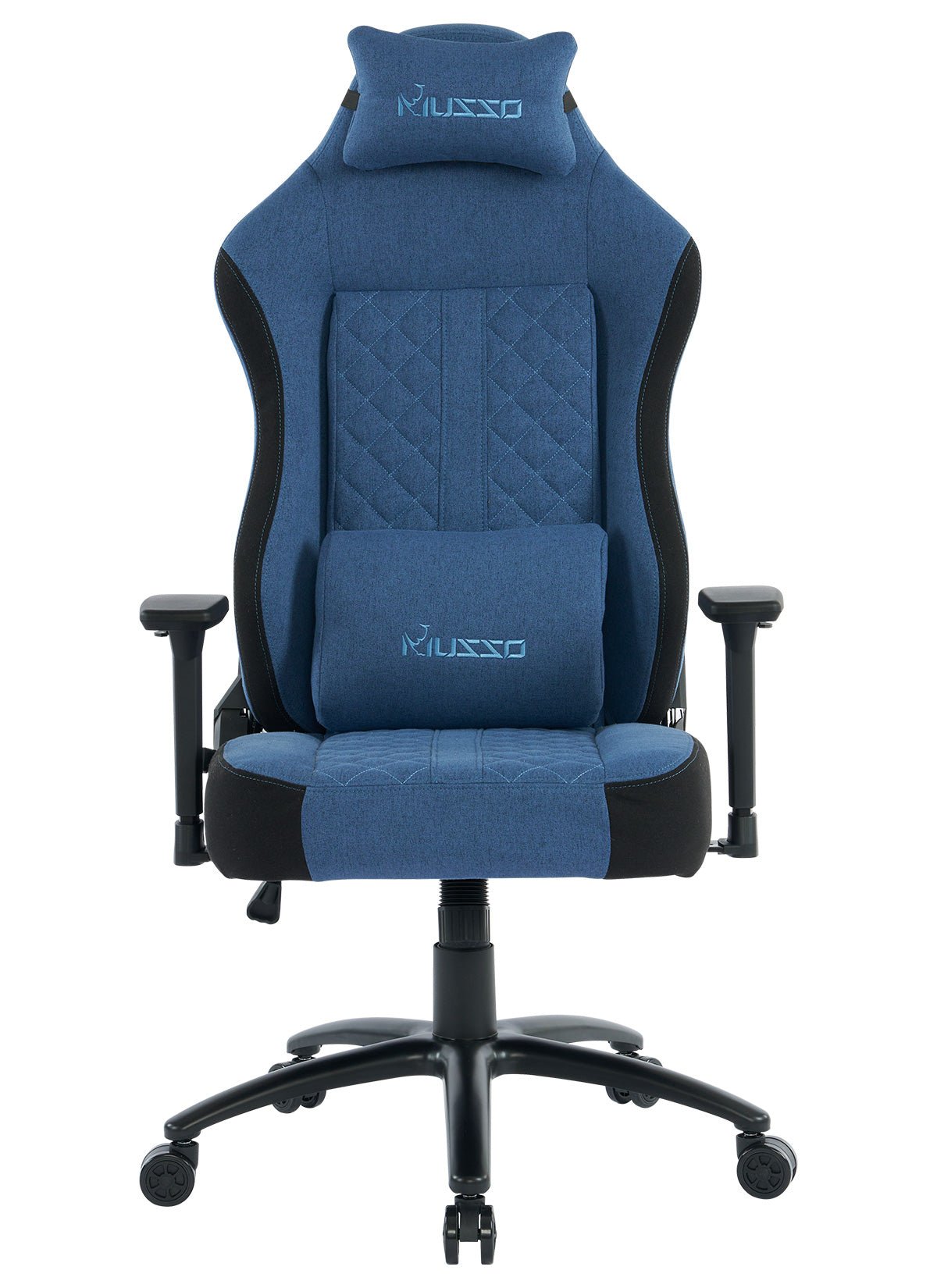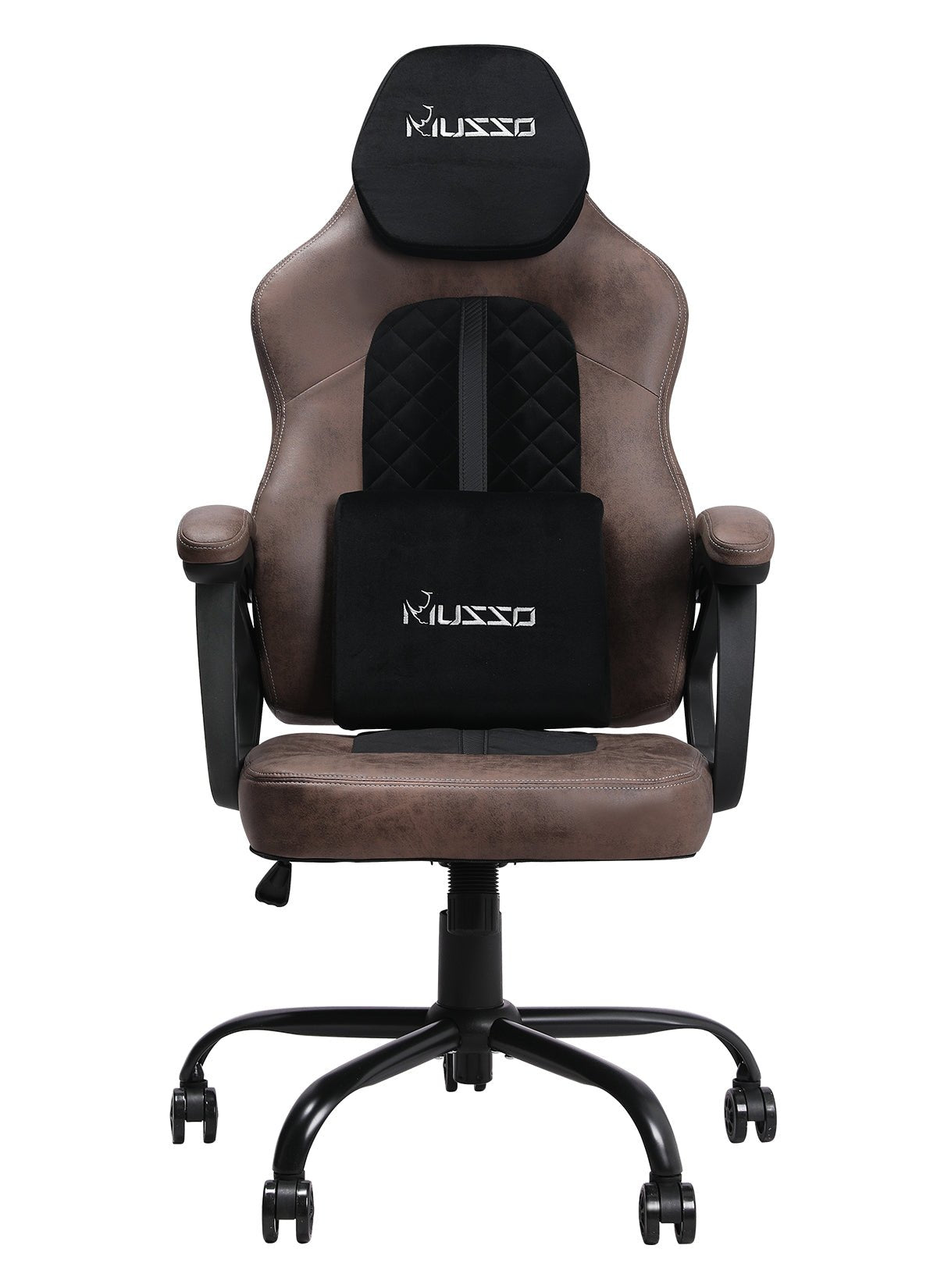Gaming chairs have gained immense popularity due to their ability to provide comfort and support during long gaming sessions. These chairs are designed to promote proper posture and reduce the risk of musculoskeletal issues caused by extended periods of sitting. While gaming chairs come with built-in features like adjustable armrests, lumbar support, and reclining mechanisms, the strategic placement of pillows can further enhance their ergonomic qualities.
Pillows play a vital role in a gaming chair by offering additional support and comfort to specific areas of the body. They help maintain proper alignment, reduce pressure points, and alleviate strain on the muscles and joints. By understanding the optimal placement of pillows, gamers can customize their seating arrangement to cater to their individual needs and improve overall comfort.
Ergonomics and Posture:
Proper posture is crucial for maintaining musculoskeletal health during prolonged periods of sitting. It involves aligning the spine, neck, and limbs in a balanced and neutral position. Good posture ensures that the body's weight is distributed evenly, reducing the strain on individual body parts.
Gaming chairs are designed with ergonomic principles in mind, aiming to provide support and comfort for extended gaming sessions. Factors such as adjustable height, armrests, backrest recline, and lumbar support contribute to maintaining proper posture. However, the addition of pillows in specific areas can further enhance the ergonomic qualities of gaming chairs.

Upper Body Support:
The headrest pillow should be positioned to support the natural curve of the neck and provide stability for the head. It should neither be too high nor too low, allowing the neck and head to align with the spine comfortably.
A neck pillow can be beneficial for gamers who experience neck pain or stiffness. Placing the neck pillow at the base of the neck helps maintain the natural cervical curve and prevents strain on the neck muscles.
The lumbar region, or lower back, is prone to strain during prolonged sitting. A lumbar pillow placed in the chair's built-in lumbar support area or slightly above it helps maintain the natural curve of the lower back, reducing the risk of back pain and promoting better posture.
Lower Body Support:
A backrest pillow positioned snugly against the chair's backrest provides additional lumbar support and helps maintain proper spinal alignment. It alleviates pressure on the lower back and promotes a more comfortable sitting experience.
A seat cushion, preferably made of memory foam, can be added to improve comfort and reduce pressure on the buttocks and thighs. Placing the cushion towards the back of the seat ensures optimal weight distribution and reduces the risk of discomfort or numbness.
For individuals with leg or knee pain, placing a pillow or cushion under the knees can help alleviate strain on the joints. This placement promotes blood circulation and reduces pressure on the lower extremities.
Customizing Pillow Placement:
Every individual has unique body proportions and comfort requirements. Gamers should experiment with different pillow positions to find the optimal placement for their specific needs. Regular adjustments and customization based on personal preferences can help achieve maximum comfort.
Pillows come in various sizes and firmness levels. Gamers can try different pillow sizes and firmness to determine the ideal combination for their gaming chair. Finding the right balance between support and comfort is essential to minimize fatigue and discomfort.

Additional Factors for Consideration:
Pillow placement should complement the adjustments available in the gaming chair. Proper alignment of the chair's height, recline, and armrests in combination with the pillows ensures optimal ergonomic benefits.
The choice of fabric and material used in the pillows can impact comfort and breathability. Opting for breathable and durable materials enhances the overall experience, reducing the risk of excessive heat and discomfort during extended gaming sessions.
Maintaining Comfort and Health:
Regardless of optimal pillow placement, it is crucial to take regular breaks from sitting and gaming. Engaging in light physical activities and stretching exercises improves blood circulation and prevents muscle stiffness.
Incorporating stretching exercises targeting the neck, shoulders, back, and legs can help alleviate muscle tension and maintain flexibility. Simple exercises, such as neck rotations, shoulder shrugs, and leg stretches, can be performed during breaks to reduce the risk of discomfort and promote overall well-being.
Conclusion:
The strategic placement of pillows in a gaming chair can significantly enhance comfort, support, and overall gaming experience. Proper alignment of pillows for the head, neck, lumbar region, backrest, seat, and legs promotes better posture, reduces strain on the body, and minimizes the risk of discomfort or pain.
By understanding the importance of optimal pillow placement, gamers can optimize their seating arrangement and create a more comfortable and supportive gaming environment. Customizing pillow positions, experimenting with sizes and firmness levels, and considering additional factors such as chair adjustments and fabric choices contribute to an enhanced gaming experience that prioritizes comfort and long-term musculoskeletal health.


